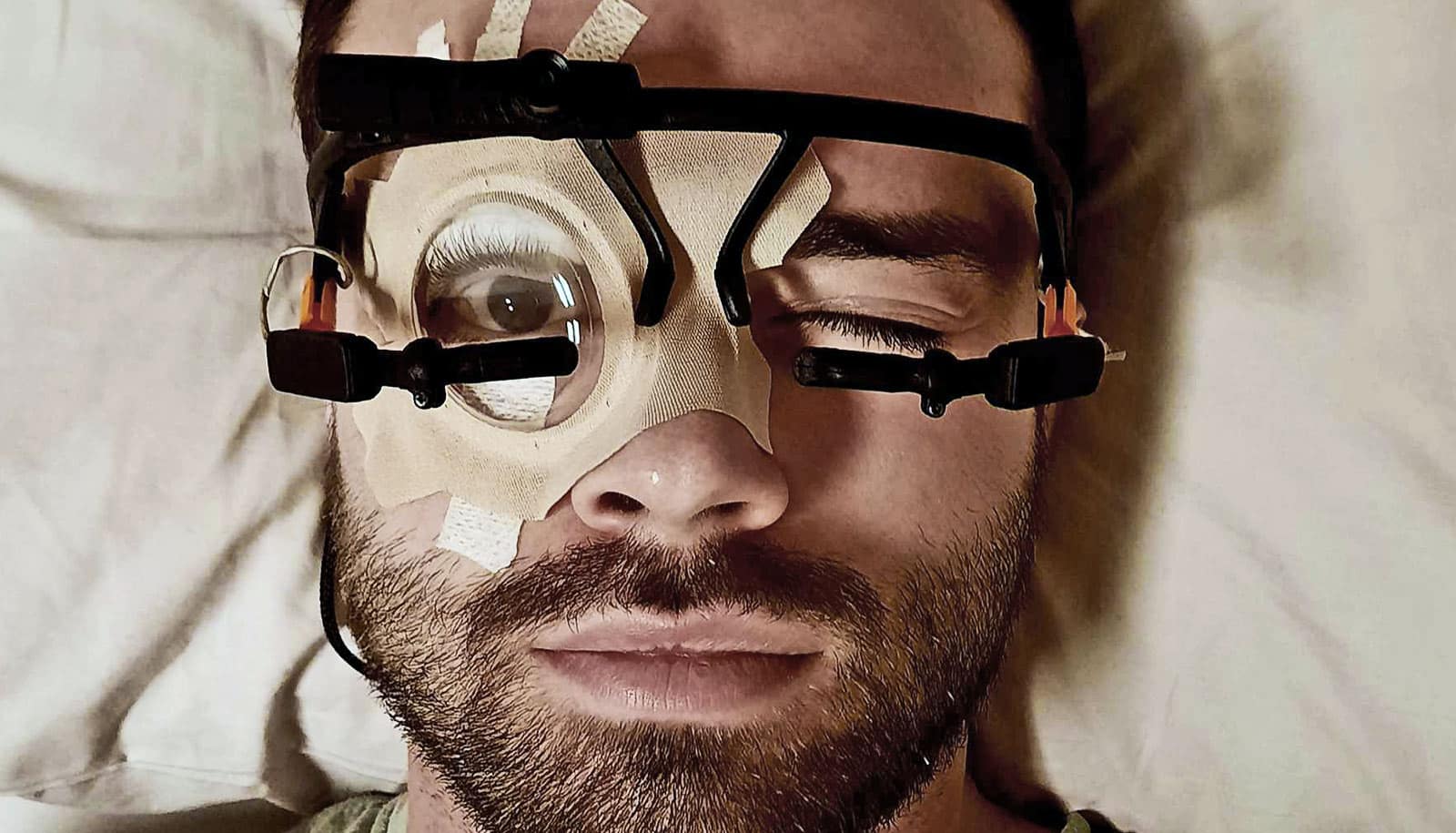Zebrafish have a natural ability to regenerate damaged retinas. Now, scientists have learned that manipulating their immune system a certain way speeds up the process.
The findings may one day advance efforts to combat degenerative eye disease damage in humans. That’s because this mechanism of regenerative potential may still exist in animals that have a shared evolutionary history with zebrafish far in the past.
“At the cellular level, zebrafish and human eyes are remarkably similar,” says Jeffrey Mumm, associate professor of ophthalmology at Johns Hopkins University School of Medicine.
In fact, both human and zebrafish eyes contain Müller glia, an inducible stem cell type that gives zebrafish their remarkable regenerative abilities.
“Humans have an evolutionary block on our ability to regenerate certain tissues,” Mumm says. “But humans still have the genetic machinery needed to regenerate retinal tissue, if we can activate and control it.”
In the Proceedings of the National Academy of Sciences, researchers report evidence that microglia, a cell type found in most vertebrae innate immune systems, affect the Müller glia’s regenerative response and can be harnessed to accelerate the growth of new tissue in the retina.
Fish retinas heal themselves. Could ours, too?
Researchers created a zebrafish version of retinitis pigmentosa. That’s a human degenerative disease of the retina, the part of the eye that reacts to light and sends information to the brain to be formed into images.
After causing the loss of light receptors in fish retinas, they monitored the immune system’s response. Only one type of immune cell, the microglia, was seen to react to the injury and be able to reach the injured cells.
“We could see the peripheral macrophages wanted to do something, but could not gain access,” Mumm says. “Neutrophils didn’t even detect that something had happened, but the microglia were at the right place at the right time.”
Further, the findings show that when there are no microglia available. Müller glia show almost no progress in regenerating the retina after three days, compared with approximately 75 percent regeneration when microglia were present.
Scientists then used an anti-inflammatory drug, dexamethasone, to see if they could speed up regeneration in the zebrafish retinal tissue. Microglia come in two forms. Type M1 is associated with inflammation; M2 is associated with repair. Researchers believe that triggering the microglia to transition from phase 1 to phase 2 more quickly by using the drug could improve the zebrafishes’ regenerative capabilities.
This profession has the best 3D vision
Adding dexamethasone to the water of fish who had suffered rod cell death from retinal disease, resulted in a 30 percent increase in retinal regeneration at day four of recovery.
The researchers hope that harnessing the ability to improve regeneration in zebrafish will eventually help induce regeneration in human eyes. Mumm cautions, however, that his team was only able to follow three types of immune cells in the zebrafish.
“There may be other innate immune cells involved in this process that we weren’t able to observe,” says research fellow David White. In the future, the researchers hope to build a more comprehensive understanding of how immune cells impact the regeneration process.
The National Eye Institute and the National Center for Advancing Translational Sciences funded the work.
Source: Johns Hopkins University



